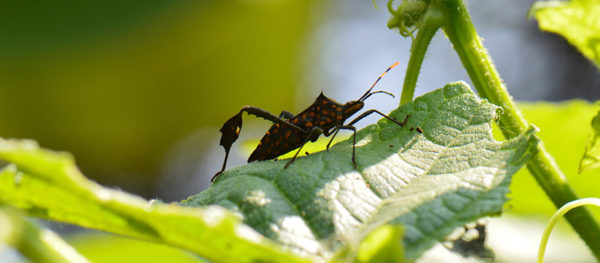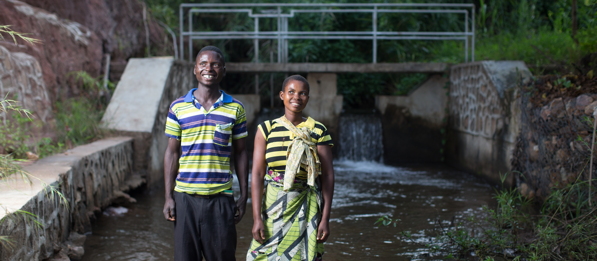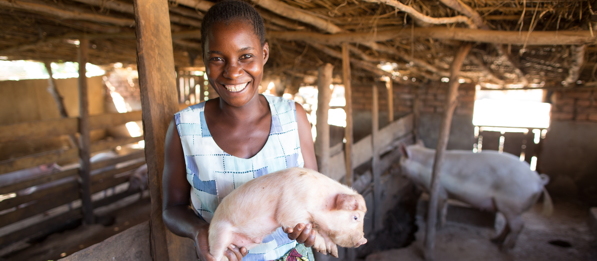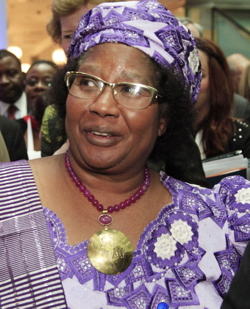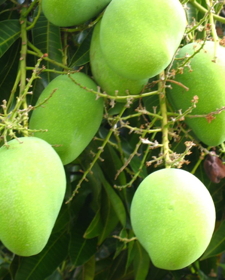Tag: Malawi

Agroecology in Action: Keeping Pests at Bay in the Safest Way
Latin America & the Caribbean: Fintrac President tells Farming First how her team works with farmers to create maximum pest resistance with minimal environmental impact using Intergrated Pest Management.
Read More#FillTheGap! Breadwinners and homemakers in Malawi
Africa & Middle East: Malidadi Chilongo learned to diversify her farm and invest in livestock, improving her family’s diet and investing in a back-up to sell if her crops fail because of extreme weather.
Read More#FillTheGap! Women bring home the bacon in Malawi
Africa & Middle East: By practising conservation farming techniques, Ethel Khundi produced almost three times more maize than she had done a year earlier, offsetting livestock losses to swine flu.
Read MoreVideo: H.E. Joyce Banda Speaks to Farming First TV
Africa & Middle East: Former President of Malawi tells Farming First TV her vision for transforming African economies through agriculture.
Read MoreVeneless Chimpesa: Why Agricultural Extension Matters
Global: Extension workers are as important as technologies, says Gorta-Self Help Africa agent.
Read MoreVideo: Can Money Grow on Trees in Malawi?
Africa & Middle East: Farming First TV interviews Jonathan Jacobs, Managing Director of Malawi Mangoes about the company's sweet success.
Read MoreVideo: Kickstarting Inclusive Agribusiness in Malawi
Africa & Middle East: Farming First TV interviews Keith Polo, Managing Director of Tukula Farming Company, and Country Director at the Clinton Development Initiative.
Read MoreMeeting the Grade: The Case of Groundnuts in Malawi
Africa & Middle East: Work has been taking place in Malawi to enable farmers’ to achieve the grades and standards required to take part in broader markets. Whilst a lack of technical and financial capacities is often the greatest hindrance to meeting these targets, which cover food safety, quality, social and environmental standards, the ever-changing nature of the standards […]
Read More